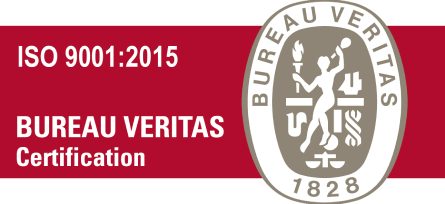Your board should adhere to the highest standards when it comes to corporate governance. It’s not enough just to check the boxes or comply with the minimum requirements. A strong board should constantly evaluate its own performance in order to discover ways to improve. This is how top-performing boards get ahead.
One important governance best practice is to help shareholders to understand the board’s role, obligations, and accountability. This includes describing the aligning of the board’s compensation with the company’s objectives and defining what constitutes a successful system of supervision and checks and balances.
Another important aspect is having a clear plan to manage the company’s risks. It is crucial to know the risk profile of the company both in the short and long-term, and work together with the board to decide the way it will evaluate these risks. It is also about making sure that the board and management are equipped to recognize the risks, which could include internal factors such as cultural norms and inadequate communication between directors.
Being attentive to shareholders’ concerns is equally important. Encourage engagement. This is particularly crucial in today’s environment of increased shareholder activism. For instance, boards must work with shareholders to proactively find and Data Room address the issues of shareholder discontent well before the time for proxy season.





